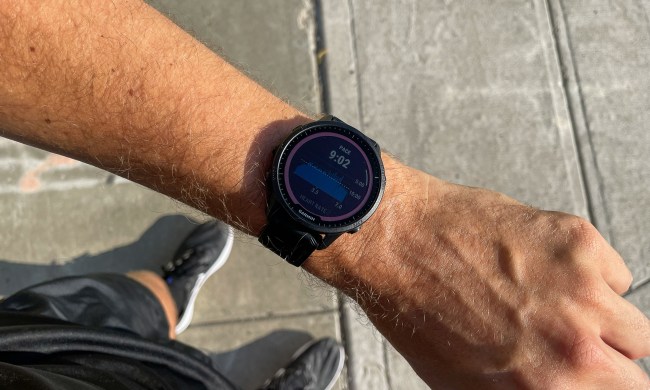If you’re in your mid-20s or older, chances are that you remember the Y2K scare, the year 2000-era menace which promised to make even nu metal seem benign by comparison. In the end, the so-called “Millennium bug” did very little damage, thanks to programmer-led interventions. Jump forward 18 years, however, and Japan has its own impending millennium bug-style problem — and it’s threatening to hit systems in April next year when the current emperor departs.
Having been emperor of Japan since 1989, current emperor Akihito has remained in power throughout much of the rise of personal computing to its current omnipresent status. The problem, it transpires, is that the Japanese calendar is based on era names which coincide with the rule of its emperors. Software using the Japanese-style calendar has to be adapted to work with new era names, but for this software to be changed and tested, the new era name has to be known in advance. The problem? The Japanese government hasn’t announced it yet, and won’t do so for cultural reasons — since announcing the new era name before Emperor Akihito steps down would disrespect him by putting the focus instead on his son, Prince Naruhito, who will take over.
“Several sectors could face troubles like the postal service, transportation ticket vending machine, and banks,” Anne-Léonore Dardenne, an expert in Japanese domestic and international affairs, told Digital Trends. “For example, the record of tax payments could be problematic, as well as the printing of the Jūminhyō, a registry of current residential addresses maintained by local governments. It might also be impossible to withdraw money from ATMs. The Japanese calendar is used in almost every official document. For political reasons or cultural reasons, the government, public agencies, and financial institutions all use this calendar.”
Microsoft addressed the potential problems in a recent blog post, aimed at Japanese customers. “The magnitude of this event on computing systems using the Japanese calendar may be similar to the Y2K event with the Gregorian Calendar,” the post read. “For the Y2K event, there was world-wide recognition of the upcoming change, resulting in governments and software vendors beginning to work on solutions for that problem several years before 1 Jan 2000.”
Dardenne said that most Japanese companies working with overseas partners or employing foreigners are already using the Western-style calendar, so they shouldn’t be affected by the name change. “The effects outside Japan should not be felt,” she added. However, she did warn of the risks of scam artists seizing on the opportunity to try and flog new computers or software to vulnerable parties, or to try and steal banking information by pretending to be bankers, and telling them that their old passwords are no longer valid.


